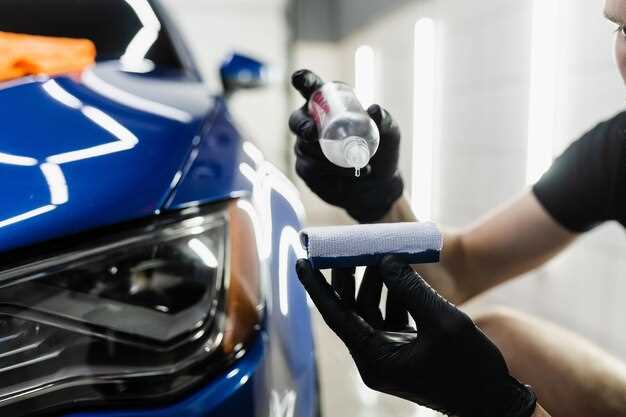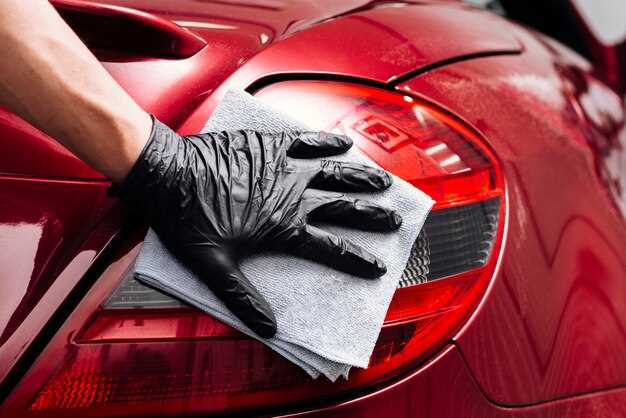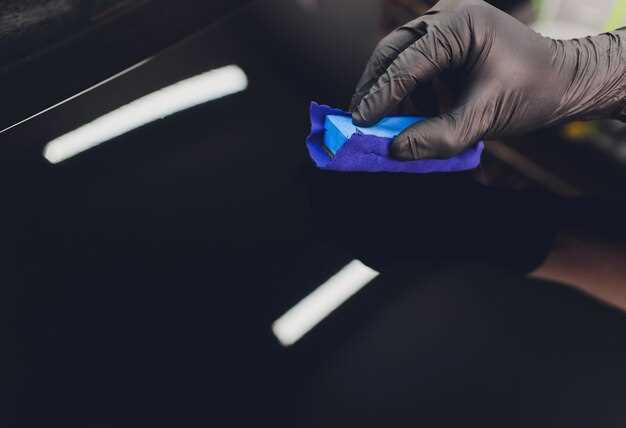
When it comes to protecting your car’s paintwork, two of the most popular options are wax and ceramic coating. Each method offers distinct advantages and drawbacks, making it essential for car owners to understand the key differences. While both aim to enhance the car’s appearance and provide a layer of protection, their compositions and longevity vary significantly.
Waxing is a traditional method that involves applying a natural or synthetic wax to create a glossy finish. While it can enhance the depth of color and deliver a short-term protective barrier against contaminants, it typically requires frequent reapplication to maintain its effectiveness. This can be time-consuming for car enthusiasts who prefer a low-maintenance solution.
On the other hand, ceramic coating involves a chemical polymer solution that bonds with the vehicle’s factory paint. This innovative technology not only provides a higher level of protection against environmental factors such as UV rays, bird droppings, and road salt, but it also lasts significantly longer than wax. Understanding these key differences can help you make an informed decision about which option better suits your car care needs.
Durability Comparison: How Long Each Protection Lasts
When considering the best method to protect your vehicle’s exterior, understanding the durability of both waxing and ceramic coating is essential. Each option provides a different level of longevity, affecting how often you will need to reapply protection to your car’s surface.
Waxing typically lasts between three to six months, depending on environmental factors and the type of wax used. Traditional car wax is made from natural carnauba or synthetic materials, which can wear away due to exposure to UV rays, rain, and road contaminants. Frequent washing and the use of harsh cleaning products can further reduce its lifespan. Thus, car owners should plan for regular maintenance to keep the wax protection intact.
In contrast, ceramic coating offers a significantly longer lasting protection, typically ranging from two to five years, sometimes even longer with professional-grade products. Ceramic coatings bond chemically with the vehicle’s paint, forming a durable shield that withstands abrasions, UV radiation, and chemical stains much better than wax. This enhanced durability minimizes the need for frequent reapplication, making it a more convenient option for long-term care.
In summary, while waxing can provide a temporary shine and protection, its shorter lifespan necessitates regular application. On the other hand, opting for a ceramic coat ensures extended protection and reduces maintenance frequency, making it a preferable choice for car owners seeking long-term vehicle care.
Application Process: Step-by-Step Guide for Wax and Ceramic Coating

Applying wax and ceramic coating to your car requires careful preparation and execution to ensure optimal protection and shine. Here is a detailed step-by-step guide for both processes.
Wax Application Process:
1. Wash the Car: Begin by thoroughly washing the car to remove dirt, grime, and contaminants. Use a pH-balanced car soap and a microfiber mitt for the best results.
2. Dry the Surface: Use microfiber towels to dry the car completely. Water spots can affect the adhesion of the wax, so make sure the surface is free of moisture.
3. Choose the Right Wax: Select a high-quality wax suitable for your car’s finish. There are paste, liquid, and spray wax options available.
4. Apply the Wax: Using an applicator pad, apply a thin layer of wax to a small section of the car using a circular motion. Avoid over-applying; less is more.
5. Let it Cure: Allow the wax to sit on the surface for the recommended time based on the product instructions. This usually takes around 10-15 minutes.
6. Buff Off the Wax: Once cured, use a clean microfiber towel to buff off the wax, revealing a shiny finish. Use a second towel for finer details and to polish any remaining residue.
Ceramic Coating Application Process:
1. Thoroughly Wash the Car: Just like with wax, start with a deep clean. Consider using a clay bar to remove embedded contaminants after washing.
2. Dry the Surface Completely: Ensure the car is fully dry, as any moisture will compromise the coating process.
3. Surface Preparation: Perform paint correction if necessary. The surface must be flawless for the ceramic coating to bond effectively.
4. Apply Adhesion Promoter (if recommended): Some ceramic coatings may require a primer or adhesion promoter to enhance bonding.
5. Apply the Ceramic Coating: Using a suede applicator wrapped around a block, apply the coating in a cross-hatch pattern on a small section of the car. Work slowly to ensure an even application.
6. Allow to Flash: Watch for a rainbow effect or a significant change in appearance. This indicates that the coating is ready to be leveled out.
7. Level the Coating: After the flash time, use a microfiber towel to gently level the coating, ensuring an even layer without streaks or high spots.
8. Repeat the Process: Move on to the next section and repeat steps 5-7 until the entire car is coated.
9. Allow to Cure: Let the ceramic coating cure for at least 24 hours before exposing the vehicle to water. Full hardness typically takes up to a week.
By following these step-by-step processes, you can effectively apply wax or ceramic coating to protect and enhance the appearance of your car.
Cost Analysis: Understanding the Financial Investment for Both Options

When considering whether to apply wax or ceramic coating to your car, understanding the financial investment involved is crucial. Waxing is generally the more affordable option upfront, with costs typically ranging from $10 to $150 depending on the quality of the wax and whether you choose to do it yourself or hire a professional. While waxing can provide a decent layer of protection and enhance the car’s shine, it is important to note that its longevity is limited, often requiring reapplication every few months to maintain optimal results.
On the other hand, ceramic coating is a more significant financial commitment, with prices usually ranging from $500 to over $2,000. This investment reflects the advanced technology involved in ceramic coatings, which bond chemically with the car’s paint, providing a durable, long-lasting protective layer. Unlike wax, ceramic coatings can last for several years, significantly reducing the frequency of reapplication. Therefore, while the initial cost is higher, the long-term savings on maintenance and protection can make ceramic coating a more cost-effective choice over time.
Moreover, it’s essential to consider the potential impacts on resale value. A well-maintained ceramic-coated car may command a higher price in the market compared to one that has been routinely waxed. Ultimately, the choice between wax and ceramic coating involves weighing immediate costs against long-term benefits, durability, and the overall protection each option provides for your vehicle.





